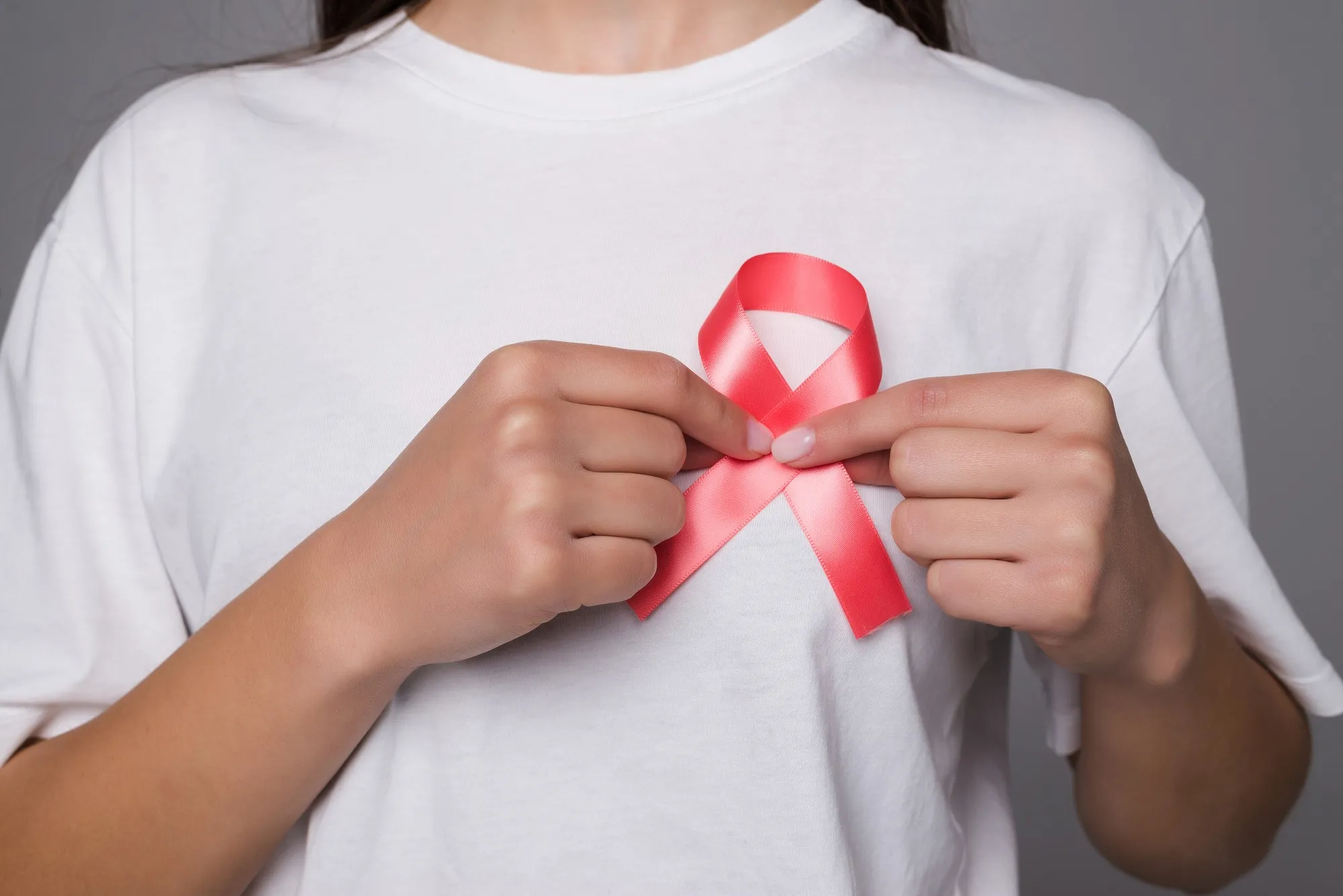The medical community has long recognized the importance of early detection in the effective management of breast cancer. A groundbreaking new study, recently published in the Journal of the American College of Radiology (JACR), reveals that Closed Loop Imaging Programs (CLIP) significantly impact follow-up adherence for incidental CT-detected breast findings—potentially preventing missed cancer diagnoses.
Understanding Closed Loop Imaging Programs
CLIPs are systematic approaches aimed to ensure that incidental findings from imaging studies, such as CT scans, do not fall through the cracks. These programs focus on tracking and reminding both patients and healthcare providers about the need for appropriate follow-up diagnostic testing.
Highlights of the Study
Researchers, led by Aripoli Allison from the University of Kansas Medical Center’s Department of Radiology, conducted a retrospective review of CT reports between July 1, 2020, and January 31, 2022, at their academic institution. They aimed to analyze the effects of CLIPs on breast imaging follow-up by reviewing 311 CT reports which included recommendations for follow-up breast imaging. Of these, 47.3% (147/311) underwent follow-up breast imaging within six months, where breast cancer was diagnosed in 12.9% (19/147) of cases.
The Significance of Actionable CT-Detected Breast Findings
The study’s positive predictive value (PPV3) of 65.5% stands out, suggesting that when specific diagnostic follow-up was recommended, there was a significant chance of diagnosing breast cancer. This statistic underlines the importance of not ignoring incidental findings that could be indicative of breast cancer.
The Impact of Intervention
Interestingly, the majority of the follow-up occurred without CLIP intervention. Still, where follow-ups were lacking, the CLIP team actively intervened in 19.1% (28/147) of cases by contacting primary care providers. Such actions stress the potential enhancement of patient care through active follow-up strategies.
Outpatient Setting and Specific Recommendations
The setting of the CT examination and the clarity of the recommendations for follow-up were significantly associated with higher adherence to follow-up, revealing a straightforward approach to improving patient outcomes.
The Alarming Gap in Follow-Up Adherence
While the study shows that almost half of the patients complied with follow-up recommendations, an equal proportion did not, evidencing a disturbing gap in the follow-up process. The absence of follow-up in these patients signifies potential missed opportunities for early breast cancer detection and intervention.
Implications for Practice
The research emphasizes the effectiveness of clear communication in the CT report impressions and the significant role that CLIPs could play in improving follow-up adherence. These findings suggest that emphasizing specific recommendations for diagnostic breast imaging and employing systematic follow-up protocols can make a considerable difference in patient outcomes.
The Next Steps for Healthcare
The study’s implications are profound, demonstrating the need for widespread implementation of improved tracking systems and communication protocols to guarantee that incidental findings—potentially lifesaving cues—are vigorously pursued.
Conclusion
Actionable CT-detected breast findings are a crucial juncture in the patient care pathway, and the study conducted by the University of Kansas Medical Center underscores the lifesaving potential of rigorous follow-up procedures. Implementation of CLIPs or similar programs across healthcare settings is not only feasible but necessary to reduce the number of missed diagnoses of breast cancer.
References
1. Aripoli, A. et al. (2024). The Impact of Closed Loop Imaging on Actionable CT-Detected Breast Findings. Journal of the American College of Radiology. DOI: 10.1016/j.jacr.2024.01.004
2. Breast Imaging Reporting and Data System (BI-RADS). (n.d.). American College of Radiology.
3. Wang, L. et al. (2019). Clinical Significance of Incidental Findings on Breast Imaging. Advances in Radiology.
4. Carney, P.A. (2020). Incidentalomas: Clinical Correlation and Ethical Considerations. Journal of Medical Ethics and Decision Making.
5. Smith-Bindman, R. (2013). Utilization of Imaging Studies in the Era of High-Deductible Health Plans. New England Journal of Medicine.
Keywords
1. Closed Loop Imaging Programs
2. CT-detected Breast Findings
3. Follow-up Adherence CT Imaging
4. Incidental Findings Management
5. Breast Cancer Early Detection
The importance of systematic follow-up, like that provided by CLIPs, cannot be overstated in the realm of incidental findings. The study offers a compelling argument for the medical community to adopt proactive measures to ensure no stone is left unturned when incidental yet actionable breast findings are identified.
